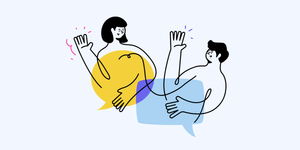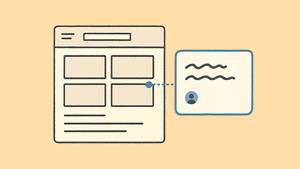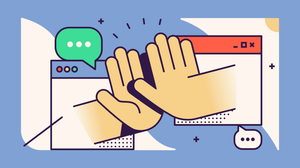Trust is at the core of effective teamwork
It enables open communication, encourages creativity, and creates a space where people feel comfortable sharing ideas. Without trust, collaboration breaks down, and new ideas struggle to take shape.
For designers, trust goes beyond relationships—it shapes how our work is perceived, shared, and acted on. When we communicate clearly and collaborate effectively, we create the alignment and confidence needed for our ideas to gain traction and lead to better outcomes.
People don’t buy into ideas; they buy into people.
In this article, we’ll explore why trust is essential, how we can introduce ourselves in more memorable ways to build relationships, and easy-to-implement strategies for better communication.
We’ll also discuss how designers can improve communication at work and through their work. Trust isn’t built solely through words but also through how we present, document, and organize our work.
Why trust matters
As Stephen R. Covey famously said:
“Trust is the glue of life. It’s the most essential ingredient in effective communication. It’s the foundational principle that holds all relationships.”
Trust isn’t just a “nice to have.” It’s fundamental to how we work together. When trust exists, teams are more open, communicative, and willing to take risks. They share ideas freely, admit mistakes, and embrace diverse perspectives—all of which drive better collaboration and more innovative outcomes.
While trust is built on many factors, here are three key elements that are particularly relevant to designers:
- Reliability – Meeting deadlines, providing regular updates, and acting on feedback.
- Empathy – Actively listening, being open to feedback, and understanding team dynamics.
- Competence – Sharing knowledge, facilitating discussions, and educating others about our work.
Before diving into communication strategies, it’s important to clarify a key concept: the difference between trust and psychological safety. While they are closely related, they serve distinct roles in team dynamics.
Trust vs. psychological safety
While trust and psychological safety are related, they’re not the same.
- Trust is the confidence in someone’s actions and intentions, shaped by their past behavior, reliability, and consistency over time.
- Psychological safety is the shared belief that individuals can express ideas, ask questions, and take risks without fear of judgment, punishment, or embarrassment.
A key distinction is that trust develops over time through consistent actions, while psychological safety exists in the moment, allowing people to speak up without fear. However, like trust, psychological safety can be easily damaged—a single negative interaction, like public criticism or dismissing an idea, can make people reluctant to share. Trust can reinforce psychological safety, but teams can have one without the other. For example, a team might trust each other’s technical skills but hesitate to share new ideas if the environment doesn’t feel psychologically safe. Both leaders and team members play a role in fostering these conditions.
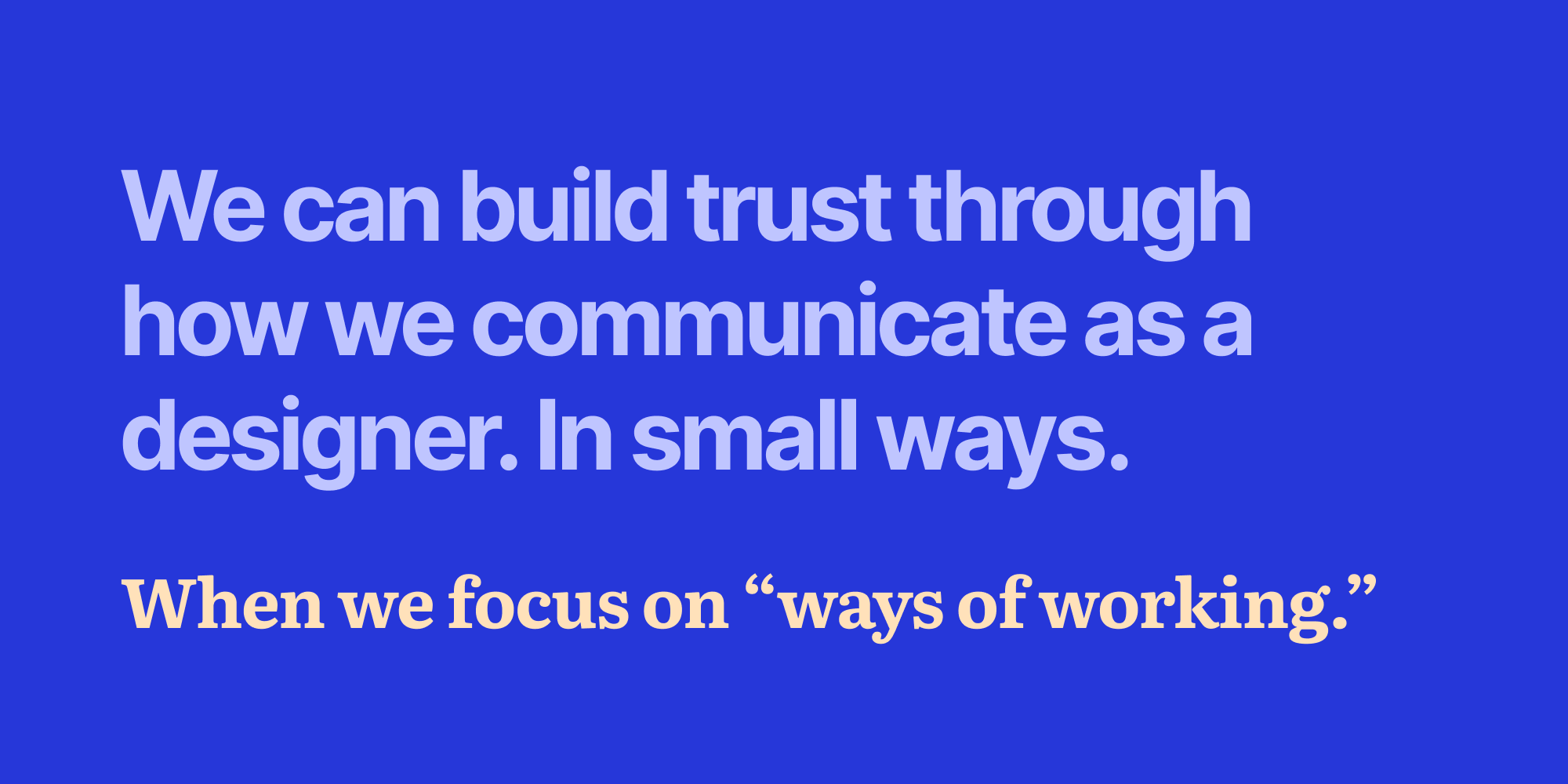
Building trust through introductions
One of the simplest ways to build trust is to introduce ourselves in a way that fosters genuine connection. Trust starts with relationships, and when meeting new people or teams, our introductions can set the tone for collaboration—whether we come across as open and approachable or distant and transactional. Thoughtfully crafting our introductions helps establish rapport and makes it easier for others to engage with us.
The typical introduction
“Hi, my name is X. I’m on X team. I’ve been at the company for X years.”
This tells people what we do but not who we are. It doesn’t build connection.
A better approach
Make introductions personal, memorable, and engaging by:
- Sharing interesting details about yourself.
- Including a “hidden fact” that people wouldn’t expect.
- Being transparent—not making it all about work.
- Highlighting work you’re proud of.
- Make it visual through a story, slides, or a short video.
For example:
“Hi, I’m Alex, a product designer on the growth team. I’ve been designing products for about eight years, but I actually started as a psychology major studying how people make decisions. Outside of work, I’m an amateur baker, and I run a tiny side project where I test cookie recipes. At work, I love digging into user behaviors and figuring out small design changes that drive impact.”
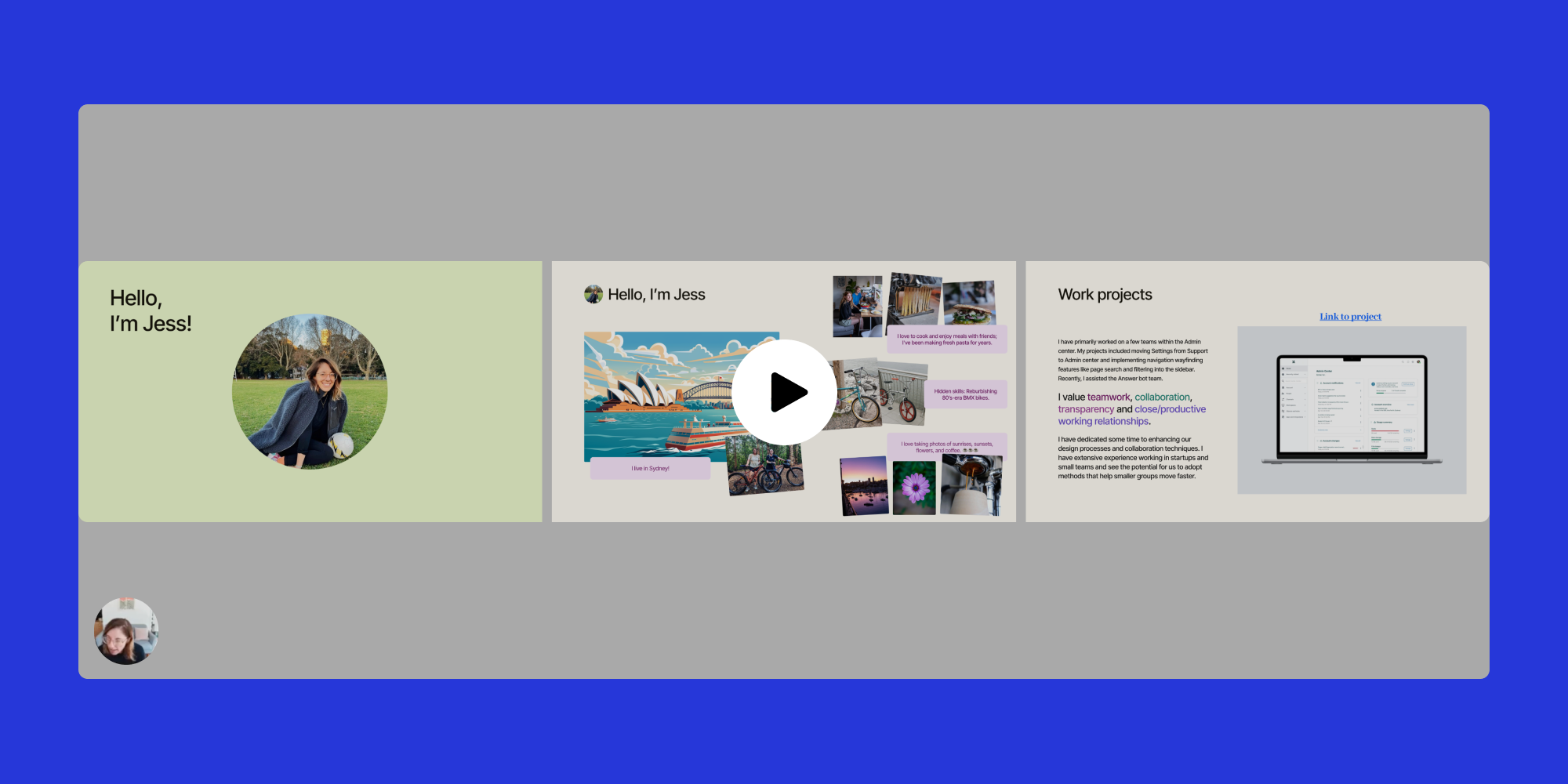
I’ve had great success using video introductions with new teams. I keep it simple: I walk through a short, three-slide deck in about 30 seconds. The main slides focus on two aspects: who I am personally and professionally.
The personal slide gives a glimpse into my life and hobbies, while the professional slide highlights my values and past work projects, giving people context about my background and experience. This approach tends to catch people by surprise—in a good way! A few colleagues even created their own introduction slides and returned them to me. 🥹
Here’s some of the feedback I received:
- “Absolutely love the intro video and slides. 👌🏽”
- “What a lovely way to introduce.”
- “I’ve never seen an introduction like that before.”
Consistent, reliable communication strengthens trust, especially in how designers collaborate, share their work, and ensure clarity across projects. Communicating directly shapes trust within a team, whether presenting design decisions, responding to feedback, or documenting discussions.
Here are some key opportunities to build trust through communication
1. Organize your work thoughtfully
- Structure design files so they’re easy to browse.
- Use clear naming conventions to avoid confusion.
- Add clear annotations or notes to your work to ensure others have the context they need to understand.
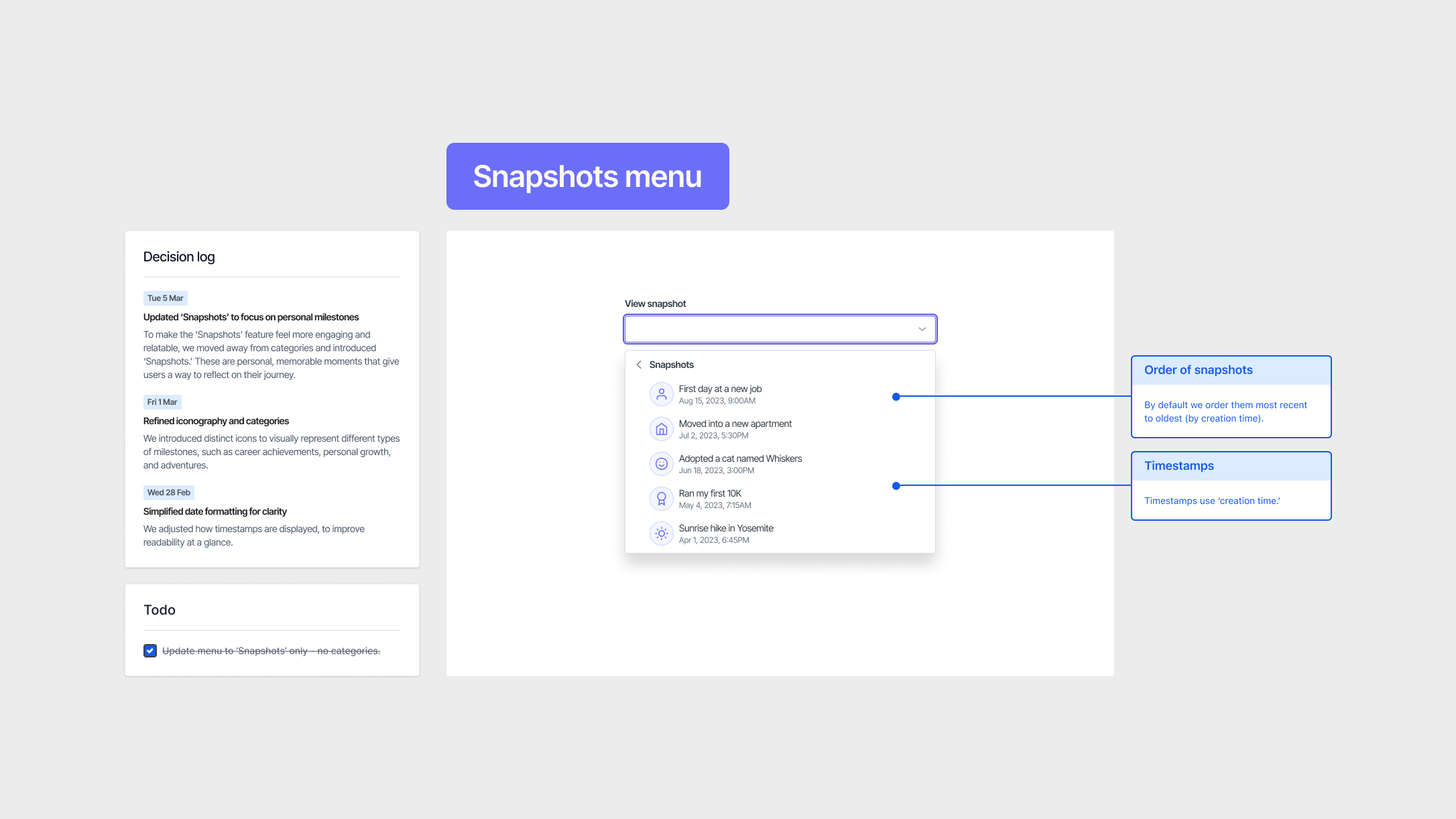
2. Provide context to improve comprehension
- Provide the necessary background information so people have the information they need to engage fully with a project.
- Ensure stakeholders understand what they’re looking at and how to give input.
- Explain why a design decision was made.
- Include updates on changes and open questions.
3. Make information transparent and accessible
- Visualize data—such as research findings—so it’s easy to interpret.
- Keep presentation slides inside your design files for easy reference.
- Document functional requirements.
4. Use video to communicate effectively
- If you do one thing, do this: Use video to provide clear updates when you can’t be there in person. Walking stakeholders through your work asynchronously builds clarity and trust.
- However, video isn’t always the best option—some prefer written documentation that can be scanned.
- Use video for complex topics that need context, such as walking through design rationale.
- Use written summaries for quick updates, like small UI changes.
- Choose the right format for each situation to make information easier to understand and more useful to the team.
5. Capture and document discussions
- When key product conversations happen, document them.
- Use a shared, non-Slack space (like Google Docs) to make decisions visible.
Recap: We build trust through consistency
Building trust isn’t about grand gestures but our consistent reliability and everyday choices in communicating and collaborating. From responding to feedback with openness to ensuring our work is clear and accessible, trust is reinforced through reliability and thoughtful interactions. Over time, these small actions compound, creating an environment where collaboration flourishes.
We can start today by:
- Making introductions more personal and engaging.
- Structuring our work so it’s easy to navigate.
- Providing context to help others understand our decisions.
- Using video (and written summaries) to improve communication.
- Capturing and sharing important discussions transparently.
Reflection
Where can you begin implementing these strategies? Are there opportunities to make your introductions more meaningful? How might you enhance consistency in your communication to strengthen trust?
Trust isn’t built overnight, but small, intentional actions—how we introduce ourselves, communicate, and collaborate—shape our relationships and team dynamics. The way we communicate and collaborate every day shapes trust. Small, intentional actions add up, helping us build a strong team connection and do better work together.

